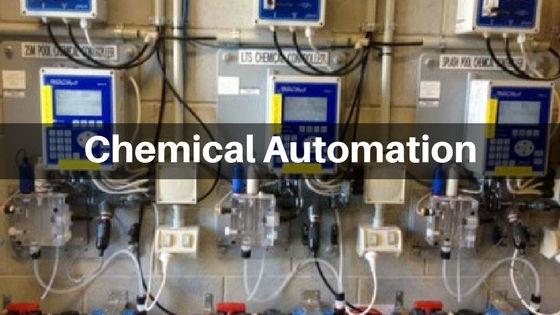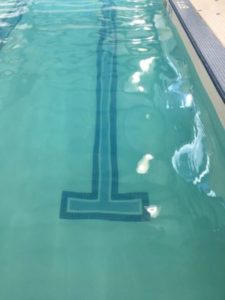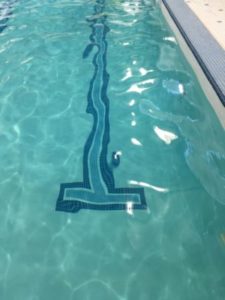Enzymes on an automated feed pump
Automated feed pump technology is simple, yet wonderfully dynamic. We at Next Generation Water Science encourage all of our commercial pool customers to feed their maintenance dose of our AAD Enzymes via an automated feed pump. Yes, you could pour in the weekly maintenance dose every week, but if you have automation, why?
Feed pumps never forget
Consistency is arguably the largest benefit of using automation in your pool system. We are human beings, and it’s not unusual for us to forget something now and again. With an automated feed pump, chemicals like chlorine and acid can be automatically fed into the system based on a signal from a sensor. For example, an ORP sensor knows what the pool’s conductivity is. If the ORP is dropping, the controller recognizes there is an increase in chlorine demand and adjusts the chlorine accordingly.
Operators cannot manually keep up with such real-time water chemistry. It would require constant testing and adjusting.
When it comes to our enzymes–Amino Acid Digester (AAD)–the product is a non-toxic, non-hazardous liquid that can be easily administered via automated feed pump. This allows for daily dosing of enzymes instead of manual pouring. It also gets the measurement exactly right, every time.
BECSys controllers and automated feed pump

BECSys controllers show pool operators great information about their water chemistry.
We love BECSys controllers for a few reasons. First and foremost, they are reliable and easy for operators to use. BECS displays show valuable metrics of pool chemistry to help an aquatics director make informed decisions about how to treat their water. For example, you can know, in real time, the pH, ORP and Temperature of the water.
It also shows you the LSI and Ryzner indexes, Calcium hardness (ppm), alkalinity (ppm), and a time stamp.
The BECSys controller and its subordinate automated feed pumps serve to regulate pool chemistry. It allows for 24/7 chemical balancing of any liquids: chlorine, acid, and yes, AAD Enzymes.
Automated Feed Pump vs. Manual Pouring
In commercial pools, there is no fair comparison between pool automation and manual chemical pouring. Automation removes human error in measuring and dosing frequency. It also reduces the risk of spilling chemicals and reduces operator labor. Furthermore, chemicals are more effective when added frequently at smaller doses versus large doses infrequently. For AAD enzymes, manual pouring is a weekly task. That task could be automated and broken into daily dosing of smaller amounts.
For enzymes, feed pumps need to be calibrated to a very low setting. Unlike chlorine and acid–which can be fed in large increments–enzymes are fed in ounces at a time. Contact your pool service company for help in calibrating the feed pump and chemical controller to pull this off.




